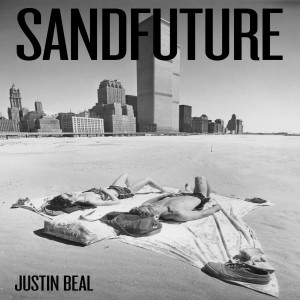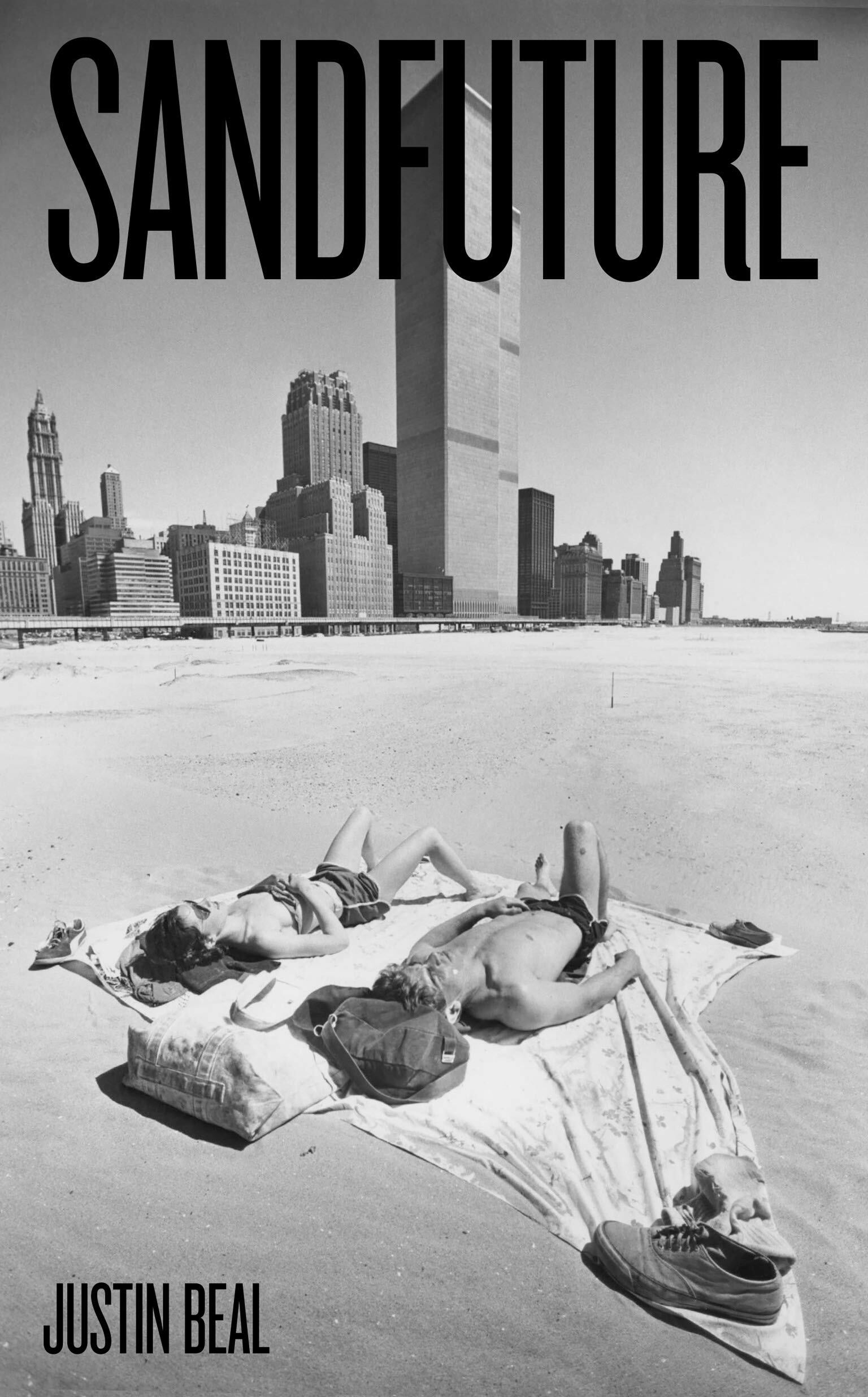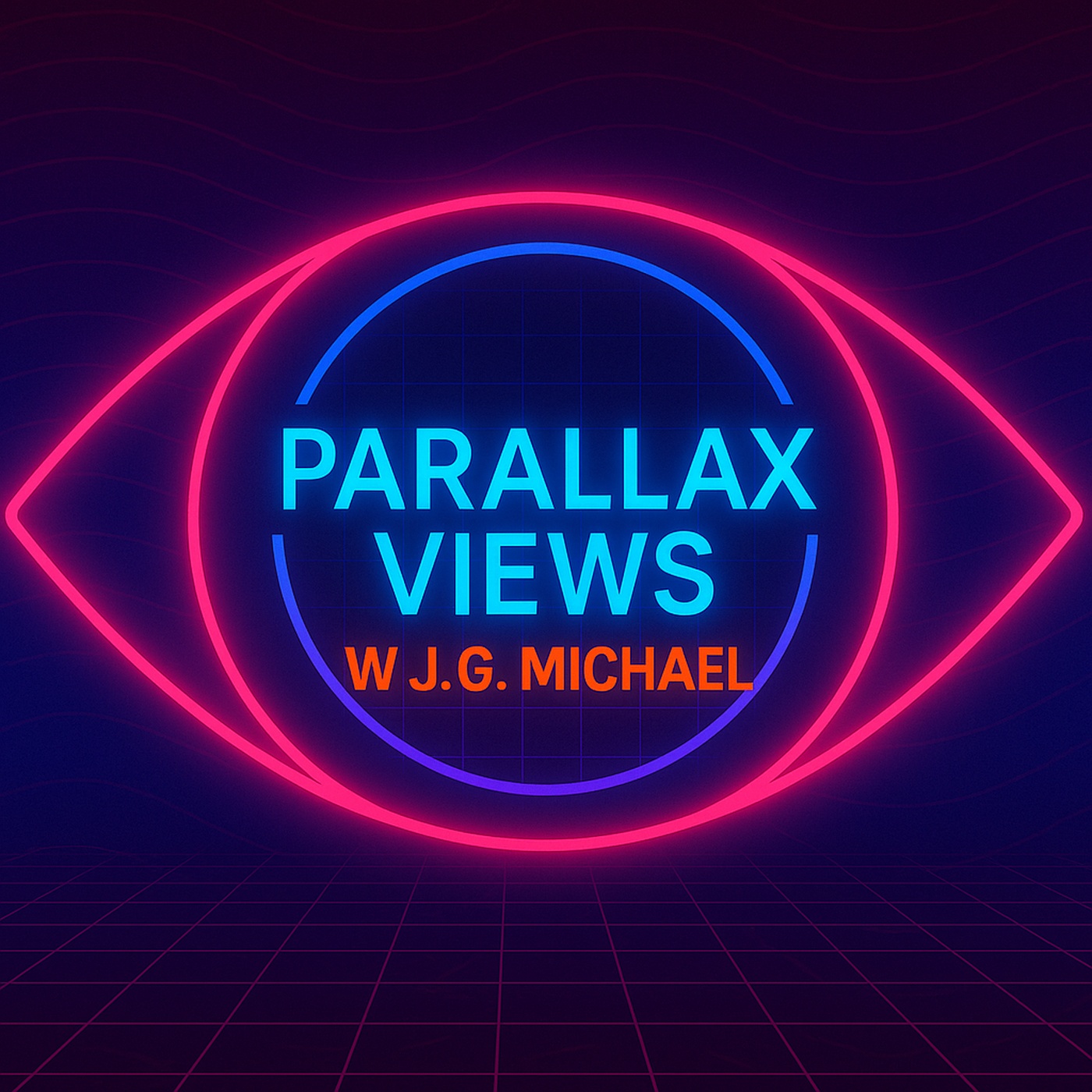Episodes

Friday Oct 01, 2021
Friday Oct 01, 2021

On this edition of Parallax Views, in his new Sandfuture artist Justin Beal looks at the relationship between architecture, its history (and who it is written for), illness (both as actual malady and as metaphor), and inequity through an exploration of the life and times of World Trade Center designer Minoru Yamasaki. Yamasaki made many important contributions to architecture in the 20th century, and yet, according to Beal, remains somewhat obscure in architectural history. Finding this curious, Beal began delving more into the life and work of Yamasaki while also exploring his own relationship to art and architecture in the aftermath of Hurrican Sandy (an event which found Beal saving sculptures from ruin). In exploring the story of Minoru Yamasaki we also delve into issues such as how architecture contributes to the ways we think about matters like inequity and illness socially.
Additionally, Beal and I discuss Yamasaki's humanist inclinations and how those inclinations played a role in his art work. Although popular with the public, many of Yamasaki's works were not necessarily in line with academic thinking on architecture. Particularly, Yamasaki's focus on the decorative, or what he called "visual delight", went against modernist dogmas within architecture. This opens us up for a discussion of Yamasaki, who considered himself modernist, and his relationship to the modernist movement. We also discuss the ways in which Yamasaki, like other artists, was interested in communicating something with all his work and the ways in which communicating through architecture is a particular challenge. Moreover, this allows us to discuss the issues of elitism in art and architecture.
Among the other topics we discuss are sick building syndrome, formalism and its discontents, Yamasaki and the idea of architecture for the occupant, the role of migraines and stomach ulcers in Sandfuture, the book's ambiguous title of Sandfuture, thinking of the phenomena of the migraine as a spatial condition, Yamasaki's fear of heights and how it informs his relationship to the buildings he designed, architectural designs that create a sense of comfort, metaphors in architecture, the strangeness of architecture as a medium, architecture as a symbol (specifically in the case of the World Trade Center), Yamasaki's struggles against racism and xenophobia, changing one's perception of what the World Trade Center symbolizes when viewed through the lens of its designer, public health and architecture in light of COVID, permanence vs. the shifting sands of time, and much, much more!


No comments yet. Be the first to say something!